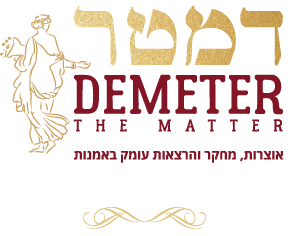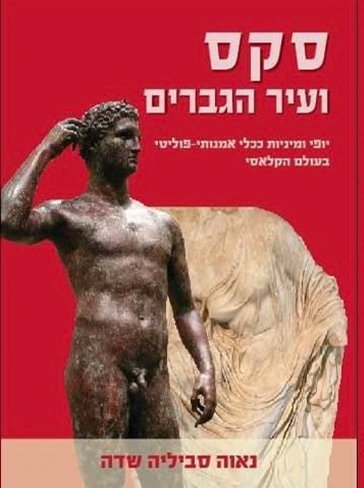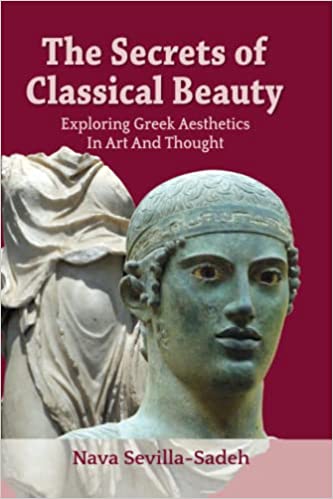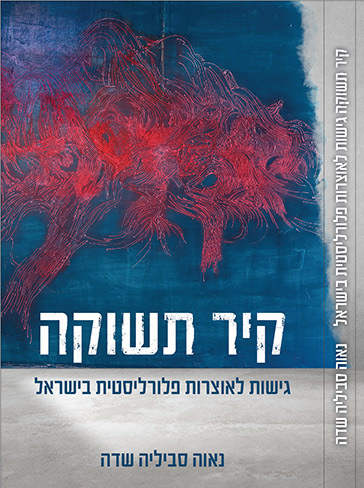Reflections: Eudaemonia in the Eyes of the Kouros
Reflections: Eudaemonia in the Eyes of the Kouros

The Kroisos Kouros (detail), found in Anavyssos, circa 530 BC, Parian marble 1.94 m, National Archeological Museum of Athens. Public Domain, source: https://www.flickr.com/photos/5telios/19526675952
The Kouros image in Archaic Greek art has never been perceived as expressing emotions; and nor have his eyes been a focus of research. Rather, the gaze of most of the Kouroi has been perceived as reflecting a sort of denial or cancellation of expression and emotion. However, the opposite of emotion is in itself an emotion and, indeed, once a human figure is portrayed its expression always conveys some sort of emotional message, no matter how indifferent it may seem. Moreover, emotions in Ancient Greece were perceived differently from their conception today. The present study focuses on the meanings expressed by the gaze of the Kouros type, and examines the essence of this expression as it was understood by the beholder in Antiquity. Two kinds of gaze reflected from the eyes of Kouroi can be discerned: a seemingly hollow and emotionless gaze; and a glowing and radiant gaze. The argument presented here is that both these kinds of gaze are manifestations of eudaemonia – happiness as a reflection of social customs and religious practices.
Nava Sevilla-Sadeh, "Reflections: Eudaemonia in the Eyes of the Kouros", Akropolis: Journal of Hellenic Studies, vol. 3, 2019
http://helenskestudije.me/ojs/index.php/jhs/article/view/30



